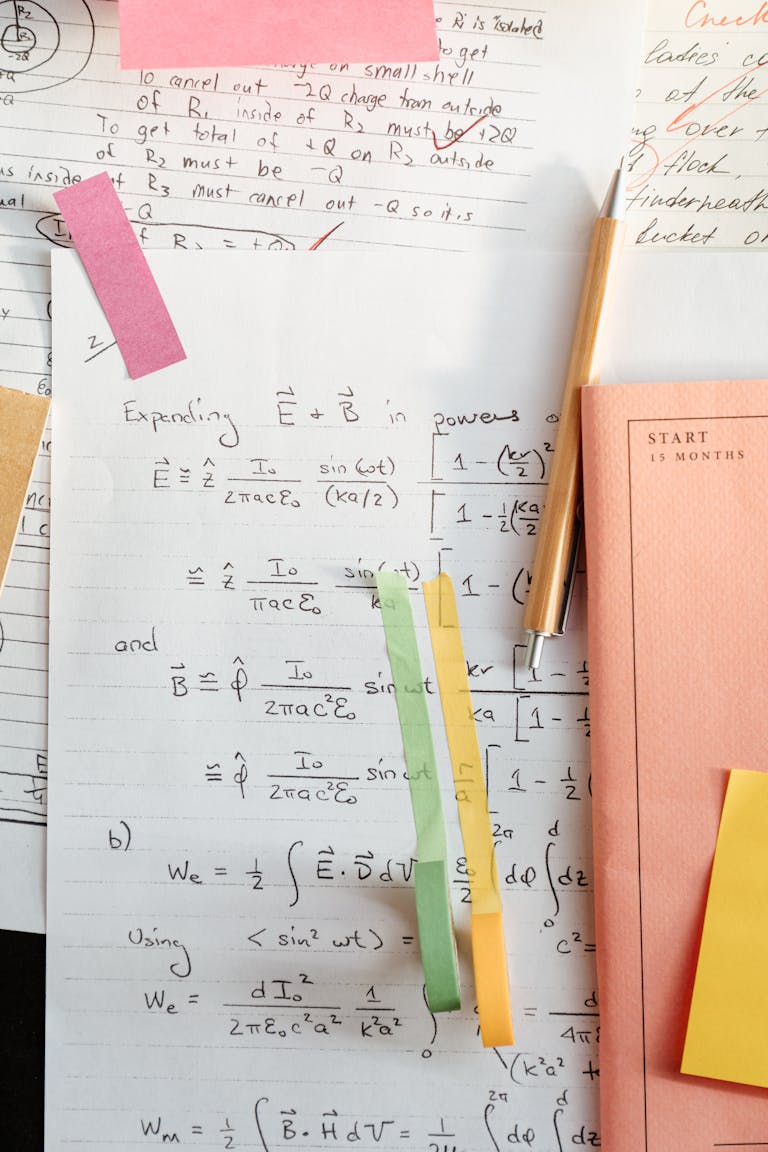A “What You Should Know” Guide to Graphing Lines in Grade 9 Math
Imagine you’ve got your eye on a shiny new iPhone for $1200. You make $15 per hour at your job and you work an average of 12 hrs per week. Approximately, how long will it take for you to save up for your new phone? The answer requires understanding something called a linear relationship – and learning how to graph lines to see what’s really going on.
You are probably already quite familiar with linear relationships; they are just hiding in plain sight! It’s simply a rate, or a consistent increase in one thing as something else increases by one unit. If we look at our example, your income grows by $15 for every hour you work.
We call it a linear relationship, because if you graphed it, it would make a straight line.
As you start to dive deeper into linear relationships, you’ll see that they pop up just about everywhere, and the more you understand them, the easier it is to make decisions concerning money, time and lots more.
So whether you just want to ensure you get the best deal, or you’re prepping for your next math test, this guide will help you figure out what you should know about linear relationships.
Prior Knowledge: What You Should Already Know
Before you jump into a new topic, it helps to review what you already know. Think of it like learning to ride a bike. You wouldn’t start by learning tricks, you’d make sure you learn how to stay upright first!
Here’s a quick list of things you should know before heading into the rest of the guide.
Can you add and subtract positive and negative numbers?
Linear relationships can increase or decrease, so it’s helpful to be comfortable working with both positive and negative numbers.
Do you know the purpose of x and y in the equation 4x + y = 5?
The concept of a variable can be tricky at first. Does x always mean the same thing? Is it just a number we don’t know yet? Why are we suddenly using letters in math class? If you want to brush up on your knowledge of variables then check out this article [insert link here].
Can you figure out the right answer to 2 x 6 + 7 – (4 x 6)?
You know those viral math posts on social media where nobody can agree on the right answer? Well that’s where BEDMAS comes in! Knowing the order of operations helps make sure you solve equations correctly every time.
What You Should Know About Linear Relationships
Speak the language of linear relationships
If you read a paragraph where every 5th word was in Spanish (assuming you don’t speak the language), would you be able to understand what the text is saying? You might be able to guess from the other words, but you never know what you are missing.
That’s why the first step towards understanding math is learning the language of math. To help with that I’ve put together a STEM dictionary that helps you understand those tricky math words.
Check out [insert article here] to break down words like “slope” and “y-intercept”, so they actually make sense.
Once you’re fluent in the language of linear relationships, here are 8 key skills that will help you master linear relationships (and crush that test):
1. Know your way around a Coordinate Plane
The coordinate plane has four quadrants, two axes, and a special center point called the origin. Knowing how these pieces fit together helps you plot points, read graphs, and make sense of the lines you’ll be drawing.
2. Plot points like a pro
You’ll know you’re a pro when you can plot points that are given to you AND spot coordinates hiding in word problems or real life situations. For example, if a car travels at 50 km/h for two hours and you realize that means the point (2, 100)… then you’re golden!
3. Spot the slope and y-intercept
What’s rise? What’s run? What does slope really mean? And what’s that y-intercept doing hanging out at the end of the equation?
These are all parts of a linear equation, usually written as y = mx + b. Do you know what each letter stands for, why it’s important and how it shows up on a graph?
Knowing these parts inside and out will really help you out, because in real life, no one’s going to give you an equation and say, “the slope is 2 and the y-intercept is 4.” You’ll have to figure it out yourself.
4. Graph a line from an equation
On your next math test, you’ll probably be asked to graph a line in one of two ways. If you are given an equation like y = 3x + 2, could you build a table of values, plot the points, and connect the dots? Or could you identify the slope and y-intercept and use those to graph the line?
Honestly, in real life you’d probably just punch it into a graphing calculator, but learning how to sketch it out by hand helps you actually understand what the equation is doing and how it turns into a line.
5. Find a line’s equation just by looking at its graph
Now it’s time to flip it in reverse. If you can graph a line from an equation, can you also find the equation of a graph?
6. See how equations and graphs are secretly best friends
By now, you should be best friends with the equation y = mx + b. But what happens if we change up ‘m’ (the slope) and ‘b’ (the y-intercept)? How does the line shift on the graph?
Understanding graph transformations is like using a computer and knowing exactly how it works. If something breaks, you know where to look and how to fix it. But if you’re just clicking buttons and hoping for the best, you’ll have to rely on someone else when things go wrong.
7. Use graphs to crack real-world mysteries
Now this is the championship round – can you solve a real-life problem knowing what you know about linear relationships?
Can you figure what number is the slope and which is the y-intercept? Can you write an equation that models the situation, graph it, and know exactly where to look for the answer? Most importantly, when you do find the answer, do you know what it means?
Word problems might be the bane of your existence, but let’s be honest – they’re also the part of math that shows up in real life the most.
Want a few tricks for making them easier?
Click here to grab my FREE Word Problems Handbook, where I break down my go-to strategy for tackling any word problem with confidence.
8. Be a linear relationship detective.
Can you spot a linear relationship in your everyday life, even when your math teacher isn’t breathing down your neck?
Whether it’s figuring out how long it’ll take to save up for something, comparing phone plans, or tracking distance over time, linear relationships are everywhere.
The real win isn’t knowing how to graph a line, it’s knowing when you’re actually looking at one and how to use it to your advantage.
So what’s next?
If you’re crushing those graphs, then it’s time to move on to solving the equations behind them.
Check out: [Insert Article Here]
And just remember, math isn’t about passing tests, it’s about recognizing patterns, making decisions, and solving real problems.
Go forth and graph lines with confidence. I’ll be here when you’re ready for the next step.
~ Brenna

